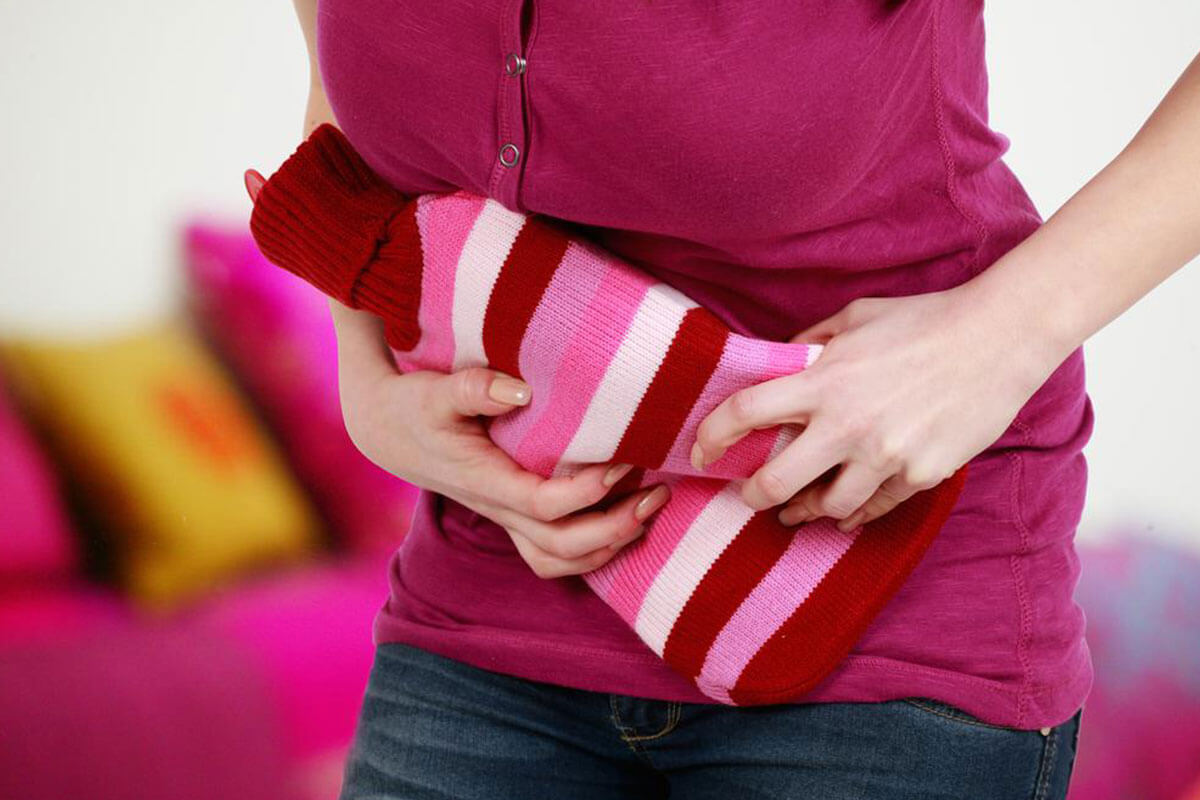4 tips to get rid of fleas and ticks

Having pets is not all fun and games; it comes with a great sense of responsibility. We respect working adults and parents who are brave to take on the additional responsibility of adopting or rescuing pets. And in the bid to help some pet parents out, we have compiled the easiest remedies to rid their pets and house of the most unwanted guests – fleas and ticks. We hope these simple home remedies help you out.
Use essential oils
Rubbing some diluted essential oils on our pets’ coats is one of the best remedies to get rid of fleas and ticks from troubling our pooch. Use the essential oil that suits your pet, something that you may have tested on them before. It is advised to do a patch test and remember only to use diluted versions, as essential oils are strong and could easily irritate their skin.
Keep the home squeaky clean
No one’s saying your home isn’t clean, but let’s face it, with babies and pets around the house, the parents have to be extra careful. Like we would keep the floor vacuumed and dry at all times if we had a baby in the house, pet parents need to ensure their floors, couches, and bedding are well-vacuumed. Because if there’s any dirt or moisture in these nooks, they can easily catch infestation. It won’t be long before you see signs of fleas and ticks on your furry friend.
Use natural flea treatment product
If you don’t like using any chemicals on your pets, there are many home recipes to make a solution to get rid of fleas and ticks. To make this treatment solution, you will need distilled white vinegar, water, and essential oil. Use 1 cup of vinegar, mix it with 1 quart of water, and a few drops of essential oil to store it in a spray bottle. Spray the mixture onto your pet, their bed, blanket, and toys. This solution is entirely safe to use on pets; however, we’d advise using an essential oil that suits your pet or doing a patch test before spraying it onto the entire coat.
Practice prevention
Finally, prevention is one of the most important practices and ways of keeping fleas out of your pet’s fur. Eliminating the possibility of having fleas and ticks in the yard or the home brings down the chances of your pets being infested by them. Thankfully, there are many flea and tick control products available in the market out there with which pet owners can stop the invasion of fleas into their homes.


